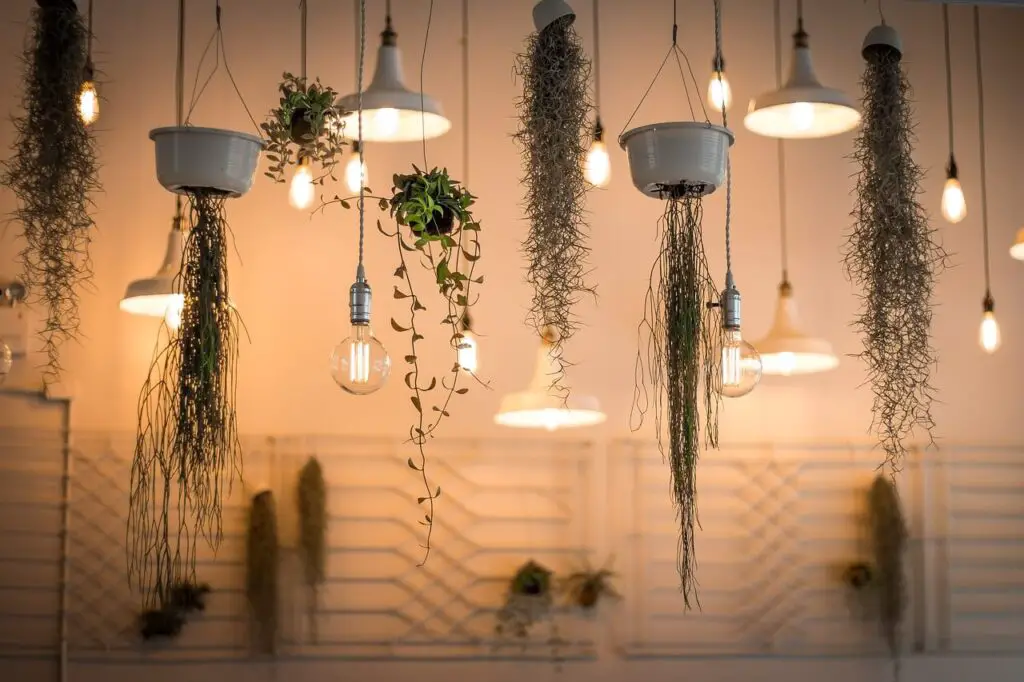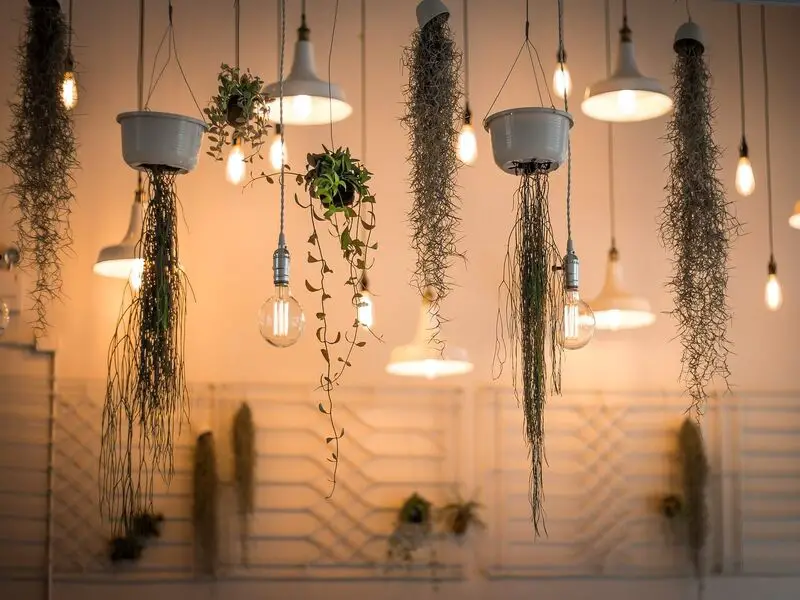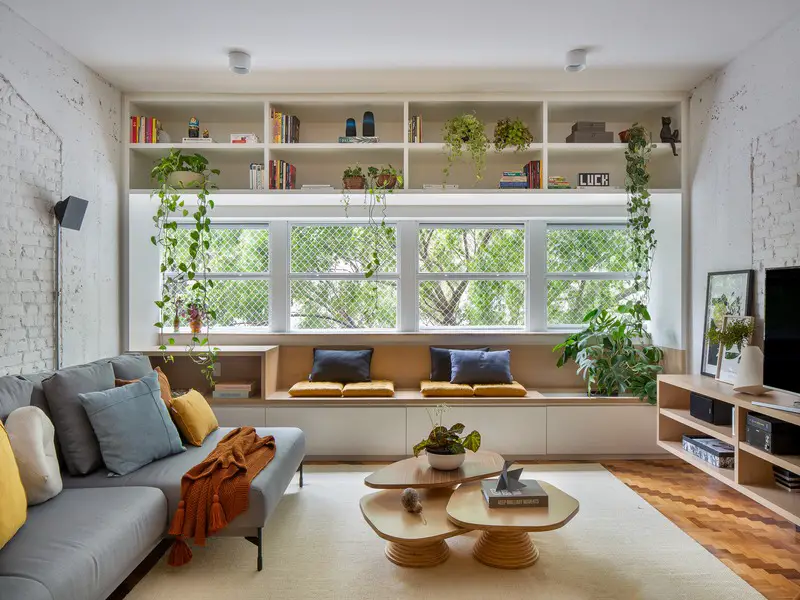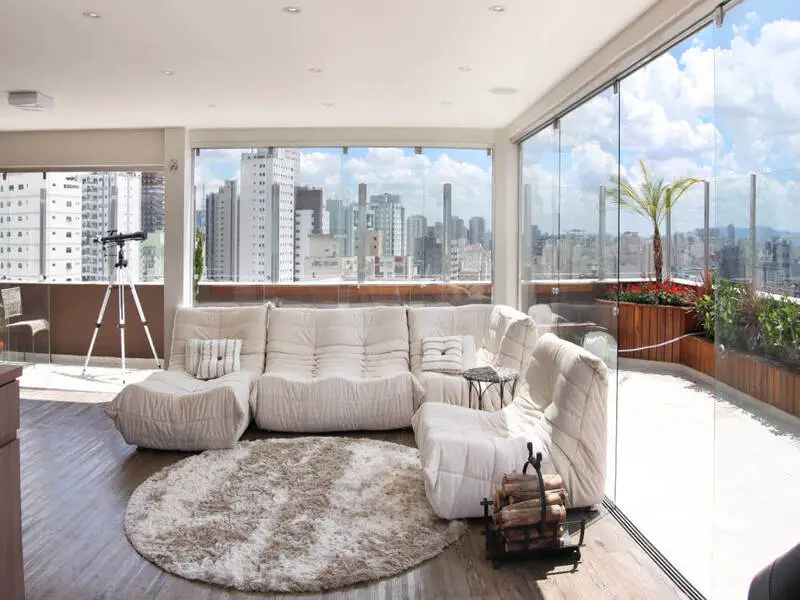Plants can be used in a variety of environments throughout the home, providing specific benefits to each space. For example, aromatic plants like mint and rosemary can be a wonderful addition to the kitchen, not only as a decoration but also as a source of fresh herbs for seasoning your meals. Having these herbs readily available can save you time and money, and add an extra element of freshness to your cooking.
In the bathroom, plants can help absorb moisture and reduce mold. This is particularly helpful in areas with poor ventilation or high humidity. Plants such as ferns, spider plants, and aloe vera can be great options for the bathroom, as they thrive in moist environments and are known for their air-purifying qualities.
In the living room, plants can help create a cozy and inviting environment. They can also be used to create focal points or accent pieces in the decor. Large, leafy plants such as monstera or fiddle leaf fig can add a dramatic touch to any space, while small succulents and cacti can be used to create charming displays on windowsills or coffee tables.
It’s important to select plants that are appropriate for the environment in which they will be placed, as each plant has specific care requirements. When choosing plants for a particular space, consider factors such as natural light, temperature, and humidity levels. With the right care, plants can thrive and bring life and beauty to any room in your home.
Plants are a great way to transform your home’s decor, as well as bring many health and well-being benefits. They can be used in various spaces, from living rooms to bathrooms, bringing a natural and cozy touch. In this article, we will present 10 plant decoration tips to transform your home and make it greener and more pleasant.
Choose Suitable Plants
Choosing the right plants for your home is essential for their survival and overall aesthetic appeal. It’s crucial to consider the environment where the plant will be placed, including lighting, humidity, and temperature. For example, if you have a low-light area in your home, selecting plants that adapt well to this condition, such as ferns or zamioculcas, would be an excellent choice. On the other hand, if you have a sunny area in your home, you might consider plants like succulents or cacti.
Additionally, it’s important to consider the size of the plant and the available space. Choosing plants that complement the size of your room can help create a harmonious balance in your home decor. By selecting suitable plants, you can ensure that they will thrive and add beauty to your living space.
Create a Plant Composition
Creating a plant composition can add a touch of nature and beauty to any space. It’s an excellent way to bring harmony and balance to your decor. To create a beautiful plant composition, you can mix and match different types of plants, heights, and textures. For example, combining a tall, leafy plant with a small, flowering plant and a trailing vine can create an interesting and visually appealing display.
You can also experiment with different types of planters, such as suspended plants in macramé or plant pots of various sizes and textures. Grouping plants of similar shapes or colors can also create a cohesive and harmonious look.
When creating a plant composition, it’s essential to consider the amount of natural light the plants require and ensure that they are compatible with one another. For example, plants that require more moisture may not be suitable for combining with plants that prefer dry soil.
Use Creative Supports
In addition to traditional pots, there are several options for creative plant supports that can help add a special touch to the decor. Wooden ladders, for example, can be used to support plant pots at different heights, while wooden crates can be stacked to create a vertical garden. Another option is to use the wall as a support for pots, using shelves or vertical panels.
Create an Indoor Garden
An indoor garden is an excellent option for those who want to completely transform the home’s decor with plants. It is possible to create a space with different types of plants, pots, supports, and decorative objects, bringing a natural and welcoming touch to the environment. Additionally, an indoor garden can help improve air quality and reduce stress.
Use Plants in Specific Environments
Plants can be used in a variety of environments throughout the home, providing specific benefits to each space. For example, aromatic plants like mint and rosemary can be a wonderful addition to the kitchen, not only as a decoration but also as a source of fresh herbs for seasoning your meals. Having these herbs readily available can save you time and money, and add an extra element of freshness to your cooking.
In the bathroom, plants can help absorb moisture and reduce mold. This is particularly helpful in areas with poor ventilation or high humidity. Plants such as ferns, spider plants, and aloe vera can be great options for the bathroom, as they thrive in moist environments and are known for their air-purifying qualities.
In the living room, plants can help create a cozy and inviting environment. They can also be used to create focal points or accent pieces in the decor. Large, leafy plants such as monstera or fiddle leaf fig can add a dramatic touch to any space, while small succulents and cacti can be used to create charming displays on windowsills or coffee tables.
It’s important to select plants that are appropriate for the environment in which they will be placed, as each plant has specific care requirements. When choosing plants for a particular space, consider factors such as natural light, temperature, and humidity levels. With the right care, plants can thrive and bring life and beauty to any room in your home.
Use Hanging Plants
Hanging plants are an excellent option for those who want to incorporate more greenery into their homes while saving space. These plants can be placed in a variety of environments, such as the living room, balcony, bedroom, and even the bathroom. With so many options available, ranging from small plants to those that require support to stay suspended, it’s easy to find the perfect hanging plant for any space.
One of the primary advantages of using hanging plants is that they don’t take up valuable floor space, which can be especially beneficial in smaller homes or apartments. This makes them a popular choice for those who are looking to create a more organized and clutter-free environment. Hanging plants can also bring a touch of nature to areas that may not have much contact with sunlight, such as hallways or entryways.
There are many different types of hanging plants to choose from, ranging from trailing vines like the pothos or string of pearls, to larger plants like the spider plant or Boston fern. Some hanging plants even produce beautiful flowers, like the fuchsia or the trailing petunia, adding even more color and vibrancy to your space.
When choosing a hanging plant, it’s important to consider the amount of sunlight the plant will receive, as well as the humidity levels and temperature of the space. Some hanging plants, like the spider plant, can tolerate low light conditions, while others, like the bird’s nest fern, prefer brighter, indirect light. It’s also important to ensure that the plant is getting adequate water and nutrients, as well as being mindful of any pruning or maintenance that may be required.

Create a Vertical Garden
If you have limited space available, a great option is to create a vertical garden. This technique involves cultivating plants vertically by fixing pots or supports on the wall. In addition to bringing more greenery to the environment, the vertical garden can be used as a beautiful decorative piece.
There are several options of plants that can be used in a vertical garden, ranging from succulents to climbing plants. It is important to choose plants that adapt well to this type of cultivation and have similar water and light needs. In addition, it is essential to check if the chosen wall has the appropriate conditions for plant cultivation.
The vertical garden can be created in any environment in the house, from the living room to the bathroom. It can also be used in outdoor areas such as balconies and terraces. It is a versatile and very creative option to transform the decoration of your house with plants.
Choose Plants According to Lighting
Choosing plants according to the lighting of the environment is essential for their survival and growth. Some plants require a lot of direct sunlight to thrive, while others can survive in low-light environments. It is important to understand the lighting needs of each plant species to ensure they receive the necessary light to grow and develop properly.
For areas that receive a lot of natural light, such as windowsills or balconies, plants that require direct sunlight can be chosen. These include succulents, cacti, and herbs such as basil and thyme. However, if the environment has limited sunlight, it is best to choose plants that adapt well to low-light conditions. Some good options include snake plants, pothos, and ferns.
It is also important to consider the direction in which the light comes from. South-facing windows, for example, receive more intense sunlight and can be suitable for plants that require a lot of direct sunlight. East-facing windows receive more gentle morning sunlight, making them ideal for plants that require a moderate amount of sunlight. West-facing windows receive intense afternoon sunlight, so it is best to choose plants that can tolerate hot and dry conditions.
In rooms with artificial lighting, it is important to choose plants that can thrive in this environment. Some plants, such as ZZ plants and philodendrons, can grow well under artificial light and can be used to add greenery to rooms with limited natural light.
Choosing plants based on the lighting of the environment can help ensure they receive the necessary amount of light to grow and develop properly. By selecting plants that can adapt well to their environment, you can create a beautiful and thriving indoor garden that adds a touch of nature to your home decor.
Invest in Creative Pots
Investing in creative pots can add a unique and personalized touch to your plant decor. Instead of using the traditional ceramic and plastic pots, there are many other options available to explore. For example, glass pots can provide a modern and elegant touch, while metal pots can give a rustic and industrial feel. Concrete pots can add a contemporary and minimalist touch to the decor.
But the creativity doesn’t stop there. Using unusual objects as pots can add a fun and unexpected element to the decor. Old shoes, vintage cups, and even recycled cans can be used to hold plants and create a unique and eye-catching display. The possibilities are endless, and the choice of pot can depend on the style and theme of the decor.
Investing in creative pots is not only a way to add more personality to the decor, but it can also be a sustainable option by repurposing old objects that would otherwise be thrown away. So, let your imagination run wild and experiment with different types of pots to enhance your plant decor.
Hire a Landscaper
Hiring a landscaper can be an excellent option for those who want to create a more sophisticated and personalized plant decor in their home. This professional has specific knowledge about plants and their care, and can provide valuable guidance on choosing the best species for each environment. The landscaper will take into account factors such as lighting, humidity, and temperature, and will recommend plants that are suitable for the specific conditions of your home.
In addition to helping you choose the best plants for your home, a landscaper can also assist in plant maintenance. This includes watering, pruning, and fertilizing plants to ensure they remain healthy and vibrant. They can also recommend the best pots and supports for each species, taking into account factors such as drainage and stability.
Although hiring a landscaper may be a more expensive option, it can be a great investment in creating a green and pleasant environment in your home. A landscaper can provide a more sophisticated and personalized service that can make all the difference in transforming your home into a plant oasis.
It is important to note that when hiring a landscaper, it is essential to choose a professional with experience and knowledge in the field. It is recommended to ask for references and check their portfolio of previous projects to ensure that they have the skills necessary to create the plant decor you desire.
Conclusion
With these 10 tips for plant decor, you can transform your home into a healthier, more pleasant, and welcoming environment. You don’t have to be an expert in gardening to incorporate plants into decor, just choose the right species and take care of them with love. Remember that plants are not just decorative objects, they are living beings that contribute to air quality and the well-being of people. So why not start the transformation of your home today?




